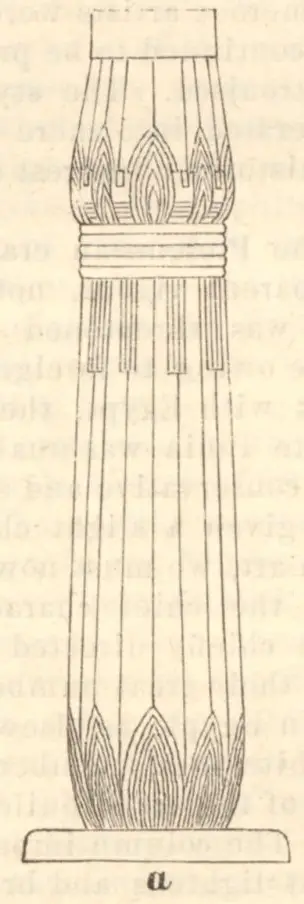Introduction
Egypt has been known as a country pyramids. Generally, Pyramids refer to the huge triangle monuments specifically associated with funerary practices of ancient people. But, some experts describe their astronomical values as well. In Latin America also, pyramids can be seen. But, in Egypt, pyramids are numerous in number.
The Pharaoh Neferikare
Neferirkare was an ancient Egyptian pharaoh. His other name is Neferirkare Kakai. He was the third king of the Fifth Dynasty. It belonged to the Old Kingdom Period.
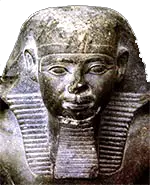
Location of the Pyramid
Abusir is a necropolis of ancient Egypt. It belonged to the Old Kingdom Period. Its exact location is in the surrounding areas of the modern-day capital Cairo. It contained several burials dating back to the Old Kingdom Period. Thus, it helps to understand the mortuary practices of this period.
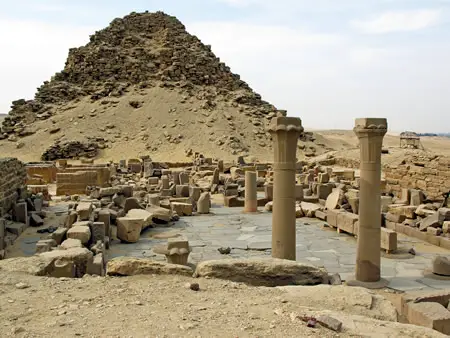
The Pyramid
The Pyramid of Neferirkare is a significant specimen of the Old Kingdom Period. It was once, the tallest structure of Abusir. During the time period of the Fifth Dynasty, pharaohs directed the constructions of several pyramids in this region. Thus, there is great potentiality in this region for the study of funerary archaeology.

This is a step pyramid. Although Neferirkare initiated its construction, his successors finally completed the project. It is a kind of unique pyramid complex. Because it has the mud-brick houses around the main pyramid. Probably, priests associated with the activities of the mortuary cult used to live in these houses. It is very unique. Because it is almost absent in other pyramid complexes.
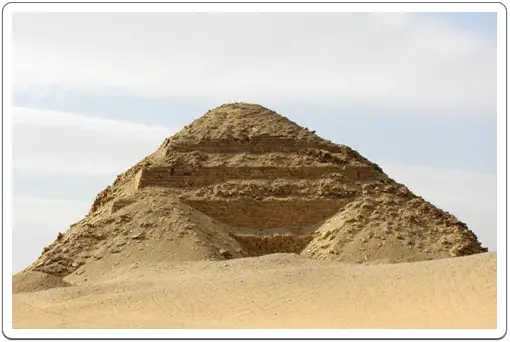
The Discovery
It was the year of 1838. Egyptologist John Shae Perring discovered the entrance of the pyramid. The Egyptologist Karl Richard Lepsius cataloged the pyramid. He argued that it was a layered pyramid. Thus, these early researches helped a lot to build a general understanding of the pyramid.
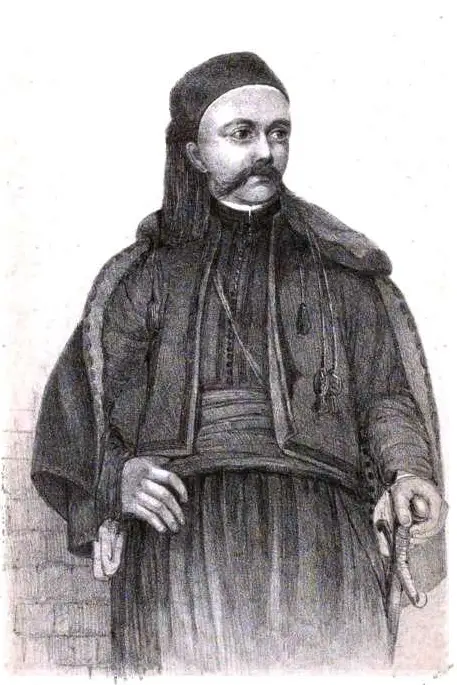
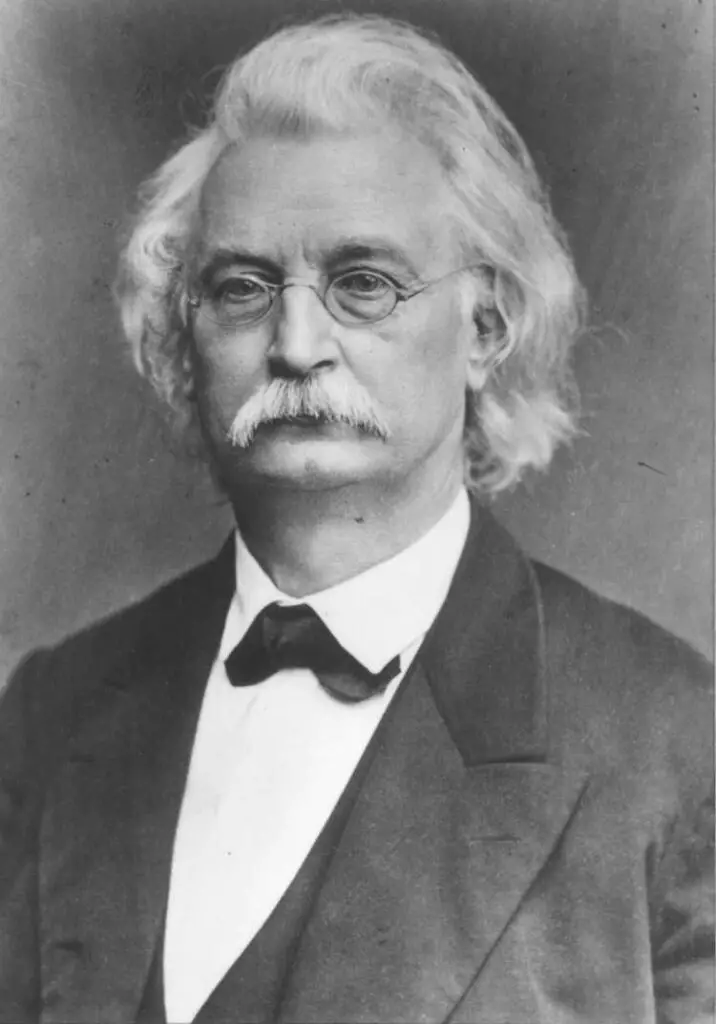
The ‘Abusir Papyri’
It was the year of 1893. The most significant discovery of the pyramid complex of Neferirkare took place. Archaeologists have found the ‘Abusir Papyri’ inside the mortuary temple. It is important. Because it is the collection of the largest papyrus dating back to the Old Kingdom Period.

It was the year of 1902. Egyptologist Ludwig Borchardt started excavations in the Abusir Necropolis. He made a significant discovery of a causeway in the area of the mortuary temple of Neferirkare’s pyramid. He carried out his survey in the region until the year of 1908. Thus, his extensive expedition helped a lot in the understanding of the archaeology of this region.
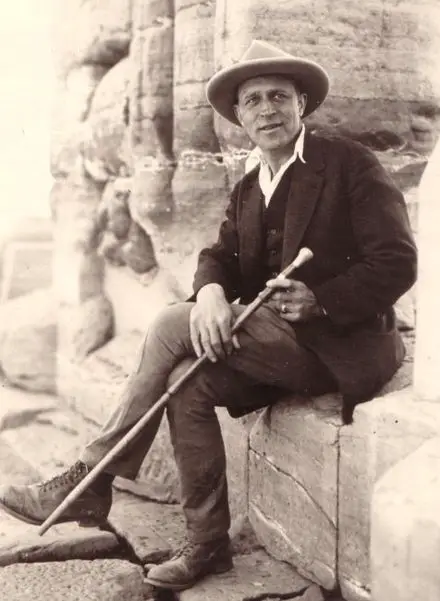
The Pyramid Complex
The pyramid of Neferirkare is quite interesting. Because it represents a stepped form. But, the construction of the step pyramid has already been ended with the end of the Third Dynasty. Thus, we can say that the choice of the Fith Dynasty ruler Neferirkare was unique in this regard. According to the Czech Egyptologist Miroslav Verner, there might have been some roles of the then power and politics working there. Thus, the pharaoh had taken this decision.
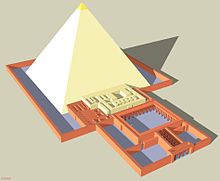

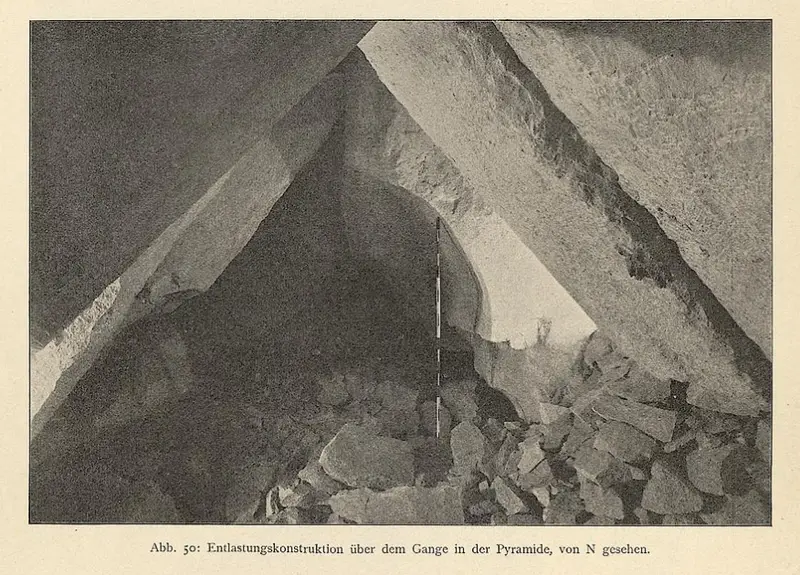
There is a burial chamber inside the pyramid. during the excavation, archaeologists found it in damaged condition. They couldn’t be able to locate any trace of Sarcophagus indie the burial chamber.
The Mortuary Temple
The location of the mortuary temple is on the eastern side of the pyramid. Its condition was severely damaged because of the use of mud-brick as the main raw material. According to archaeologists, it was an elegant structure.

